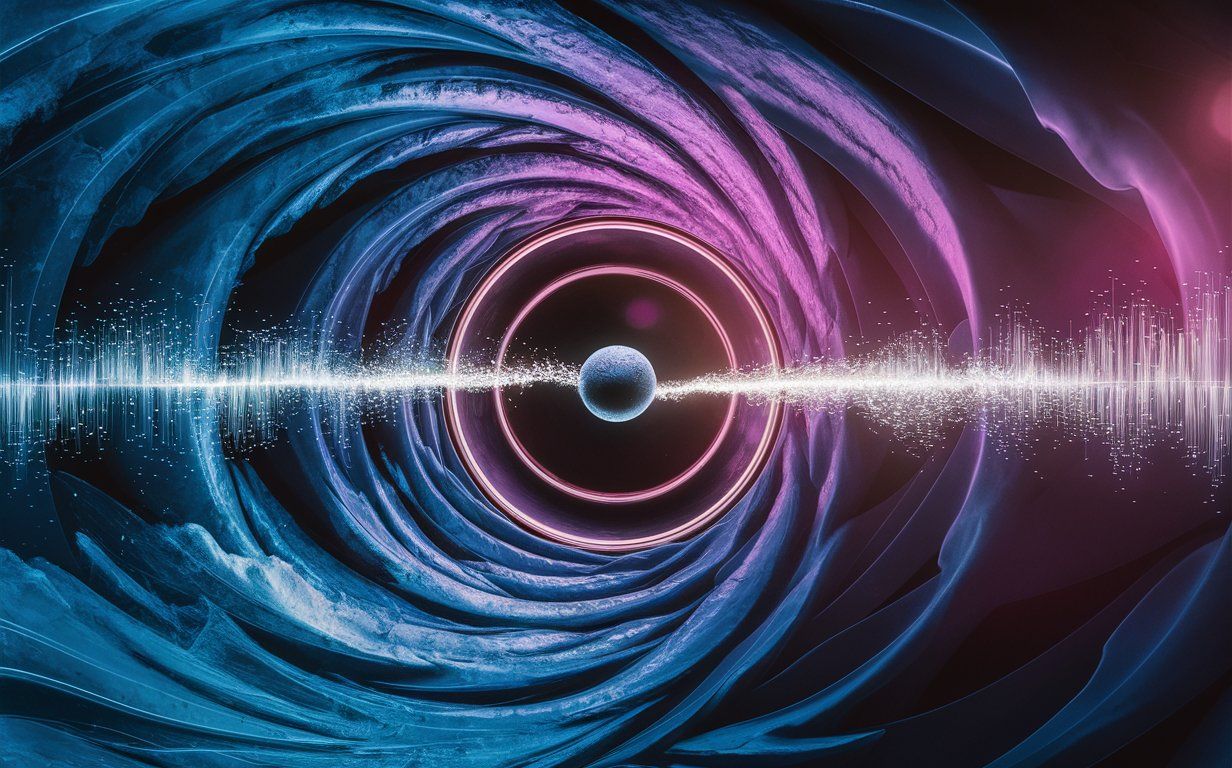Quantum tunneling faster than light? The experiment to decide
Follow us on Google News (click on ☆)
This process allows particles to "slide" through obstacles, which already has applications in technologies such as flash memory. Previous experiments have suggested that particles could pass through these barriers at speeds greater than that of light, which contradicts Einstein's theory of relativity.

Physicists Patrik Schach and Enno Giese from the University of Darmstadt propose a new measurement method, better suited to the quantum nature of this phenomenon, and have published their findings in the journal Science Advances. This new approach challenges traditional measurements of the time particles take to cross energy barriers.
The tunneling effect demonstrates the wave-particle duality of particles. When they encounter a barrier, a part of their wave is reflected, while a small portion passes through, allowing the particle to appear on the other side. Until now, measurements of "tunneling time" took the peak of the wave packet as a reference. Patrik Schach and Enno Giese contest this approach.
Inspired by a quote from Albert Einstein, these researchers suggest using particles as clocks. By comparing a tunneling particle with a reference particle at rest, it is possible to determine the exact duration of the passage by tunneling effect. Their method uses atoms whose energy levels oscillate at specific frequencies. These oscillations, triggered by laser pulses, allow precise measurements of elapsed time.
The physicists' calculations show that the tunneling particle experiences a slight temporal delay compared to its reference. This contradicts previous experiments that attributed superluminal speed to tunneling. However, measuring a time difference on the order of 10-26 seconds poses a significant technical challenge. Using clouds of atoms instead of individual atoms could improve precision.
Although this method presents challenges, collaborations are underway to implement it.